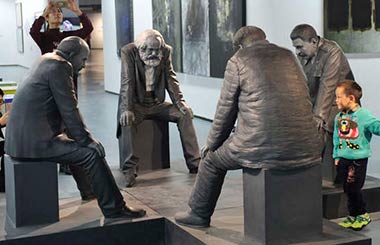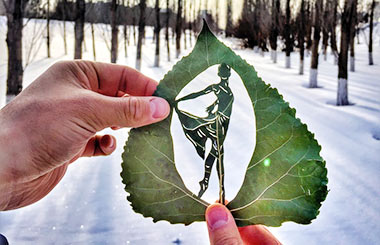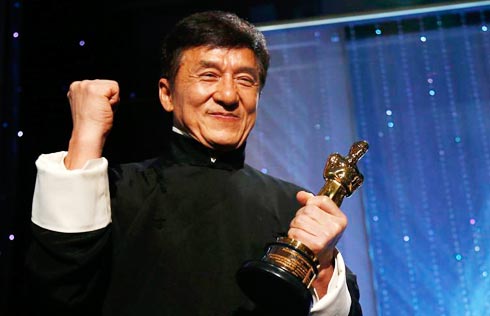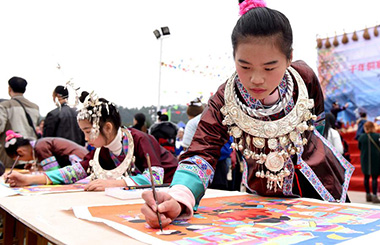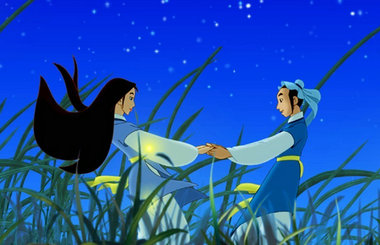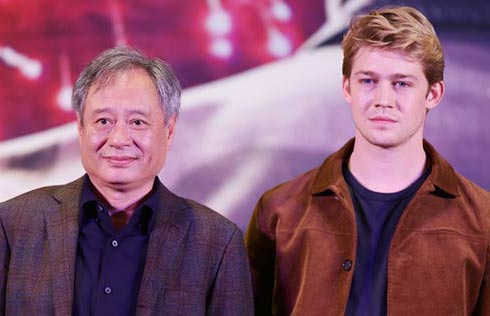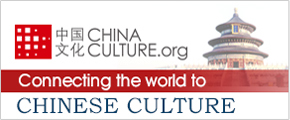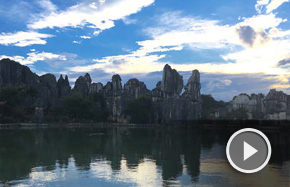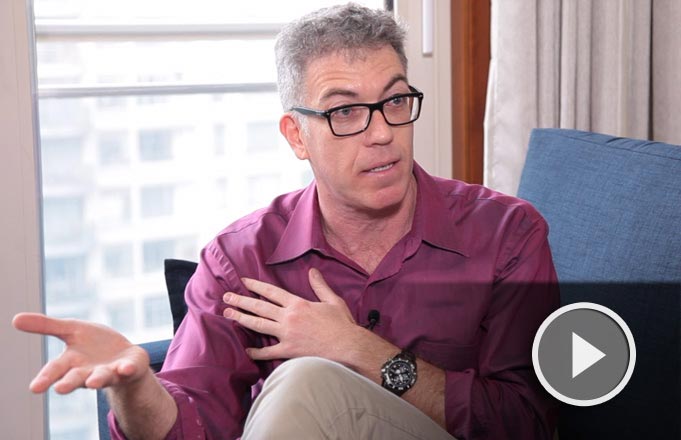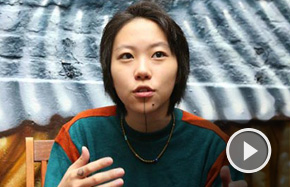National Museum of China leads the way
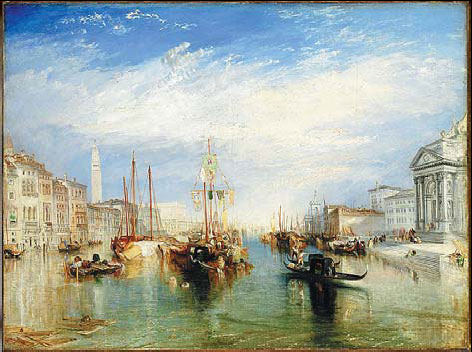 |
|
Venice from the Porch of Madonna della Salute, a painting by English artist J. M. W. Turner, is one of 130 works from The Met on display at the National Museum of China. Provided to China Daily |
Since it was reopened in 2011 after a four-year renovation, the National Museum of China has accelerated its push to be among the world's foremost museums.
It has drawn on rich experience to present exhibitions with such renowned art institutions as the Dresden State Art Collections, Uffizi Gallery and the British Museum. Now it adds the Metropolitan Museum of Art to the list of blue-chip collaborators.
The two museums' joint exhibition, Earth, Sea and Sky: Nature in Western Art, displays 130 works from The Met. The exhibition first traveled to the Tokyo Metropolitan Art Museum before coming to Beijing.
"I thought about many themes for the exhibition. Overlooking art history, I feel that nature is quite a universal subject, demonstrating the relationship between humans and art, and the development of humans and nature," says Peter Barnet, the exhibition's curator, who is in charge of the department of Medieval Art and The Cloisters at The Met.
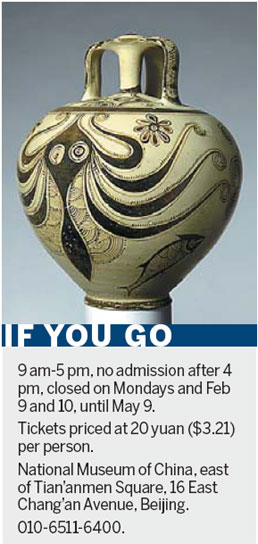
The exhibition's Chinese title reads "dao fa zi ran", a quote from Chinese philosopher Laozi (circa 571-471 BC), which means: "the essence of human behavior is to stay consistent with nature".
"Laozi's wisdom has not only provided spiritual guidance for thousands of years in China but has also inspired Asian artists to pursue self-expression through the theme of nature. The theme has, of course, also been a subject at the heart of Western art. It is precisely this universality that we hope to show through this exhibition," says The Met's director Thomas P. Campbell.
The exhibits are on loan from The Met's 12 curatorial departments of Western art. Dating from 3,000 BC up to the present day, they include paintings, ceramics, silverware, bronze and tapestries.
Paintings by such artists as Rembrandt, Van Gogh, Monet and Turner are bound to please Chinese audiences. However, organizers hope visitors also enjoy artists they are less familiar with.
For instance, there is a flower-shaped vase designed by Louis Comfort Tiffany, an American artist best known for stained glass works. He was the son of Charles Lewis Tiffany, founder of Tiffany & Co, whose antique wares are also on show.
Audiences can also glimpse the traditions of art donations at The Met. Many works come from the private treasure trove of art collectors, such as J. P. Morgan and Robert Lehman.
Visitors will have a better viewing experience with the aid of mobile bar codes that are on the illustration boards of every display. They provide detailed introductions to the works of art and their creators, in both Chinese and English.
"It's an amazing way of reaching out to new audiences and communicating information about our collections. For me, it's a very big priority to get all of our collections online and to have high-quality information," Campbell says.
The exhibition inaugurates the collaboration between the two museums, which is based on a memorandum of understanding signed on April 18, 2012.
The Met received 6.28 million visitors last year, and its website had 44 million visits. It loans thousands of works of art abroad every year.
"The Met was built in the 1870s. It was a time when the United States witnessed a boom in museums and many cities like Chicago and Boston opened large museums. The development of Chinese art and museums over the past decade also shows people's deepening enthusiasm and interest in art and culture," Campbell says.
"We have a long-standing relationship with China. We've organized very big, significant exhibitions of Chinese arts at The Met over the last 30 years. We have every intention of continuing to provide significant scholarships and exhibitions."
Related: Museums reinvent themselves to better cater to the public
The Met sent a selection from its collection of classic Chinese paintings to form a joint exhibition at Shanghai Museum, which ended in January. Campbell adds there will be an exhibition of Chinese bronze sculptures at Nanjing Museum in 2014.
"We hope, via the cooperation, we can learn much from our American counterpart about exhibitions, collection exchanges, management and staff training," the National Museum of China's deputy director Chen Lusheng comments.
Campbell says there are five core elements to make a world-class museum: architecture, collections, audiences, curators and academic researchers.
"Only when we build up a team of professionals can we present excellent exhibitions that are of profound academic value and accepted by the public," Campbell says.
"I'm also interested in recognizing the increasing development of audiences in China and their interest in seeing works of art of a wide variety."
He hopes the exhibition brings people to New York to see more of The Met's immense collection firsthand.
"It is an important ongoing dialogue to bring the two cultures closer together."
linqi@chinadaily.com.cn






